Frequently Asked Questions
1. What is blade geometry in chef knives?
2. How does blade shape affect knife performance?
3. What are the common edge angles for chef knives?
4. Why is blade thickness important?
5. How can I properly care for my chef knives?
When it comes to culinary tools, the significance of blade geometry in chef knives & sets cannot be understated. The shape, angle, and design of the blade play a pivotal role in how well a knife performs in the kitchen. Let’s delve into the importance of blade geometry and how it enhances knife performance, ensuring your cooking experience is as enjoyable as it is efficient.
Understanding Blade Geometry
Blade geometry refers to the physical characteristics of a knife's blade, impacting its behavior and function. It encompasses several aspects including blade shape, edge angle, thickness, and tapering. By appreciating these components, chefs and home cooks alike can make informed decisions when selecting the right chef knives & sets for their culinary needs.
Blade Shape
The shape of a knife’s blade influences its cutting capabilities. There are several common blade shapes:
- Chef’s Knife: Characterized by a broad blade with a curved edge, ideal for rocking motions during chopping.
- Paring Knife: A small, pointed blade perfect for intricate tasks like peeling and trimming.
- Serrated Knife: Features a toothed edge, making it exceptional for slicing bread and soft foods.
The shape of the blade not only defines its versatility but also affects the efficiency of various cutting techniques. For instance, a well-designed chef’s knife allows for fluid, effortless slicing which is vital in professional kitchens.
Edge Angle
The angle at which a knife’s edge is sharpened greatly influences its sharpness and durability. Generally, the following angles are found in chef knives & sets:
- 15 to 20 degrees: Common for Japanese chef knives, this angle provides a razor-sharp edge while maintaining durability for precision tasks.
- 20 to 25 degrees: Seen in Western-style knives, this angle offers a more robust edge suitable for heavier chopping.
A sharper angle allows for finer cuts, making it ideal for delicate ingredients, while a more obtuse angle lends itself to rougher tasks such as cutting through tougher meats. Understanding these distinctions will help you choose the right knife for your cooking style.
Blade Thickness and Tapering
Another crucial aspect of blade geometry is thickness and tapering. These attributes influence not only how a knife feels in the hand but also its ability to cut through various materials.
Blade Thickness
The thickness of the blade can significantly affect performance:
- Thicker Blades: These are more durable and are ideal for cutting through dense products like squashes or bones.
- Thinner Blades: Often used for precision tasks, such as filleting fish or finely slicing vegetables. They require sharper edges for optimal performance.
Tapering
Tapering refers to how the blade narrows from the spine to the edge. A tapered blade can provide additional control and make cutting easier. The way a blade tapers can enhance the balance of the knife, allowing for smoother movements when chopping or slicing.
The Role of Blade Geometry in Everyday Cooking
Everyday cooking demands tools that are reliable and efficient. Knife performance plays a significant part in how smoothly our cooking processes unfold. Well-designed blade geometry ensures:
- Precision: A proper edge angle and blade shape enable more accurate cuts, reducing food waste and improving presentation.
- Speed: Efficient cutting reduces prep time, which is essential during busy meal services or gatherings.
- Safety: A knife that feels balanced and is easy to control lowers the risk of accidents in the kitchen.
When investing in chef knives & sets, consider how blade geometry can influence your overall experience, whether you’re a professional chef or a home cooking enthusiast.
How to Care for Your Chef Knives
Maintaining your knives is crucial for preserving blade geometry and ensuring long-lasting performance. Here are some best practices for knife care:
- Regular Cleaning: After use, wash your knives immediately with warm, soapy water and dry them thoroughly.
- Sharpening: Regularly sharpen your knives to maintain their edge. Use a whetstone or a professional sharpening service for best results.
- Storage: Properly store your knives in a knife block, magnetic strip, or blade guards to protect the edge and ensure safety.
The Future of Knife Technology
As the culinary world evolves, so does knife technology. Various manufacturers are continually experimenting with materials and designs that improve blade geometry. Innovations such as:
- Ceramic Blades: These are lightweight and maintain their sharpness for a long time.
- Composite Materials: Some knives are now made with advanced materials that combine the benefits of steel and non-stick properties.
These advancements reflect the importance of blade geometry in producing knives that cater to modern cooking techniques and preferences.
Choosing the Right Knife for Your Needs
When selecting chef knives & sets, consider what kind of cooking you regularly engage in. There are various styles and types of knives tailored to different culinary tasks:
- For Home Cooks: A versatile chef’s knife paired with a paring knife suits most needs.
- For Professionals: Having a collection of specialized knives can significantly improve efficiency and productivity in a fast-paced kitchen environment.
The beauty of blade geometry lies in its ability to cater to diverse cooking styles, making it essential to find a knife that resonates with how you cook.
Blade Geometry and Culinary Arts Education
For those entering the culinary arts through formal education, understanding blade geometry is foundational. Culinary schools emphasize knife skills training, teaching students not just how to use knives, but how to appreciate their design and function. This knowledge aids in:
- Improved Technique: Understanding blade geometry helps students develop their skills more effectively.
- Knife Safety: Familiarity with the characteristics of various knife types plays a vital role in maintaining safety in the kitchen.
Wrap It Up with a Cut Above
The art of knife making is as intricate as the cooking processes that utilize these tools. Blade geometry is not just a matter of aesthetics; it's about performance and enhancing your cooking journey. Investing in quality chef knives & sets aligned with excellent blade geometry can revolutionize your culinary experience, ensuring that every slice, chop, and dice is effortless and enjoyable. So, sharpen your skills and choose wisely—the right knife can make all the difference in your kitchen adventures!
Visit the Shopify or Wix store of a fellow user by following this link to their store. Please note that this is a promotional link, and we are not responsible for the content of the linked store.

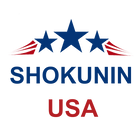
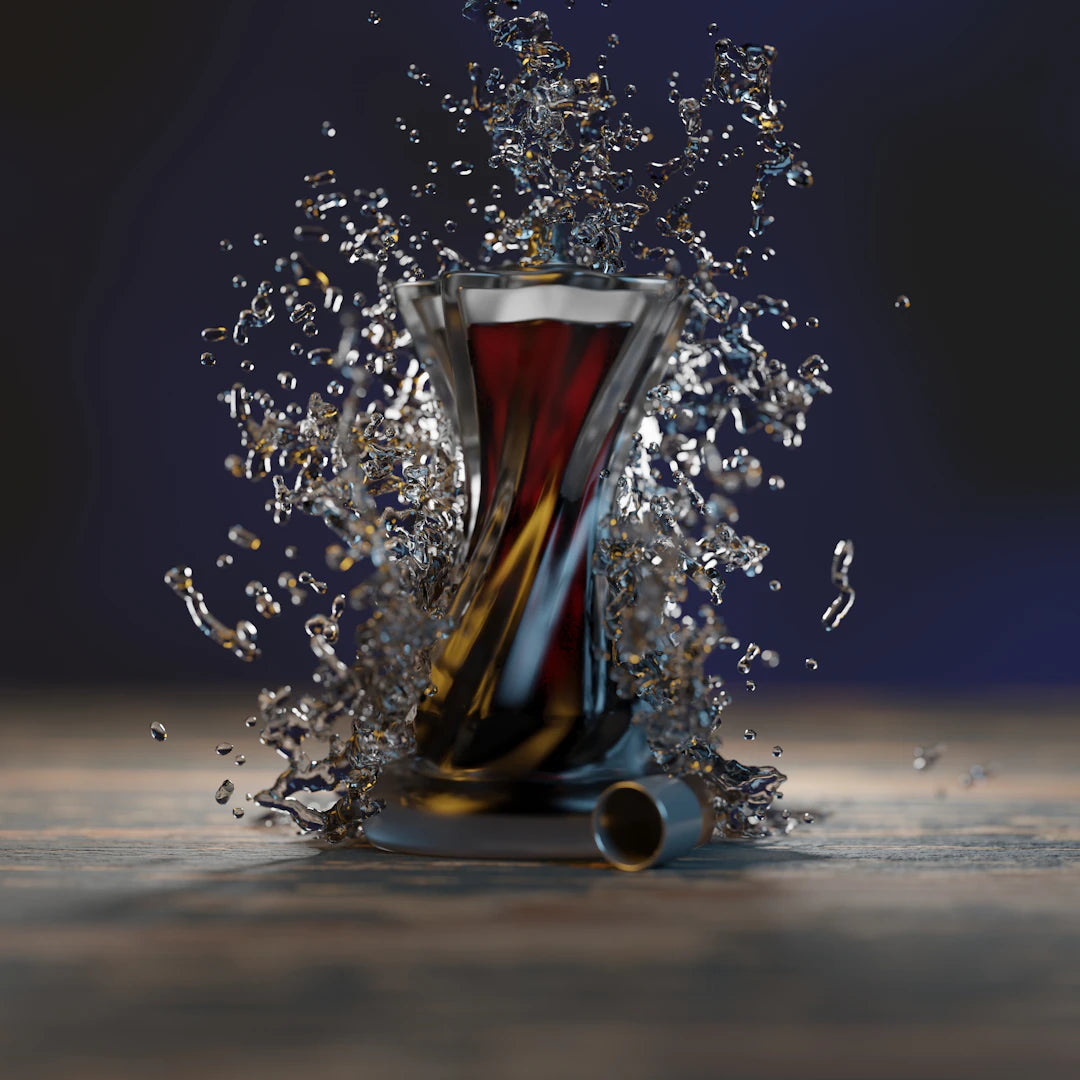





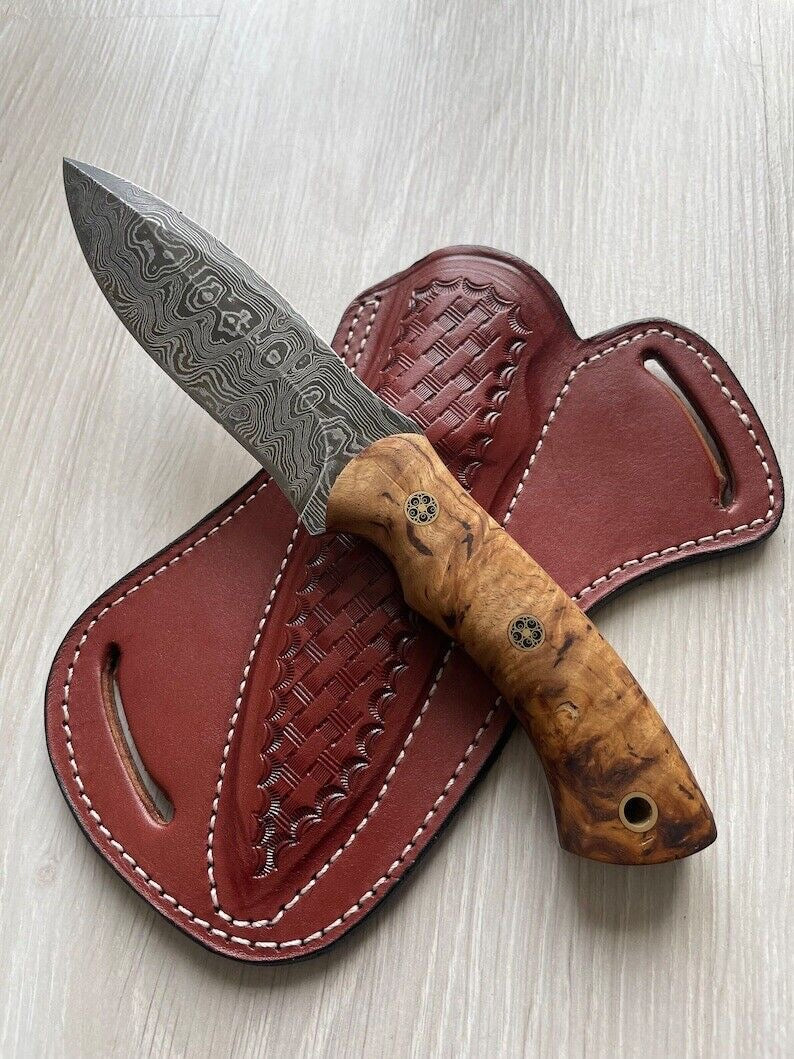
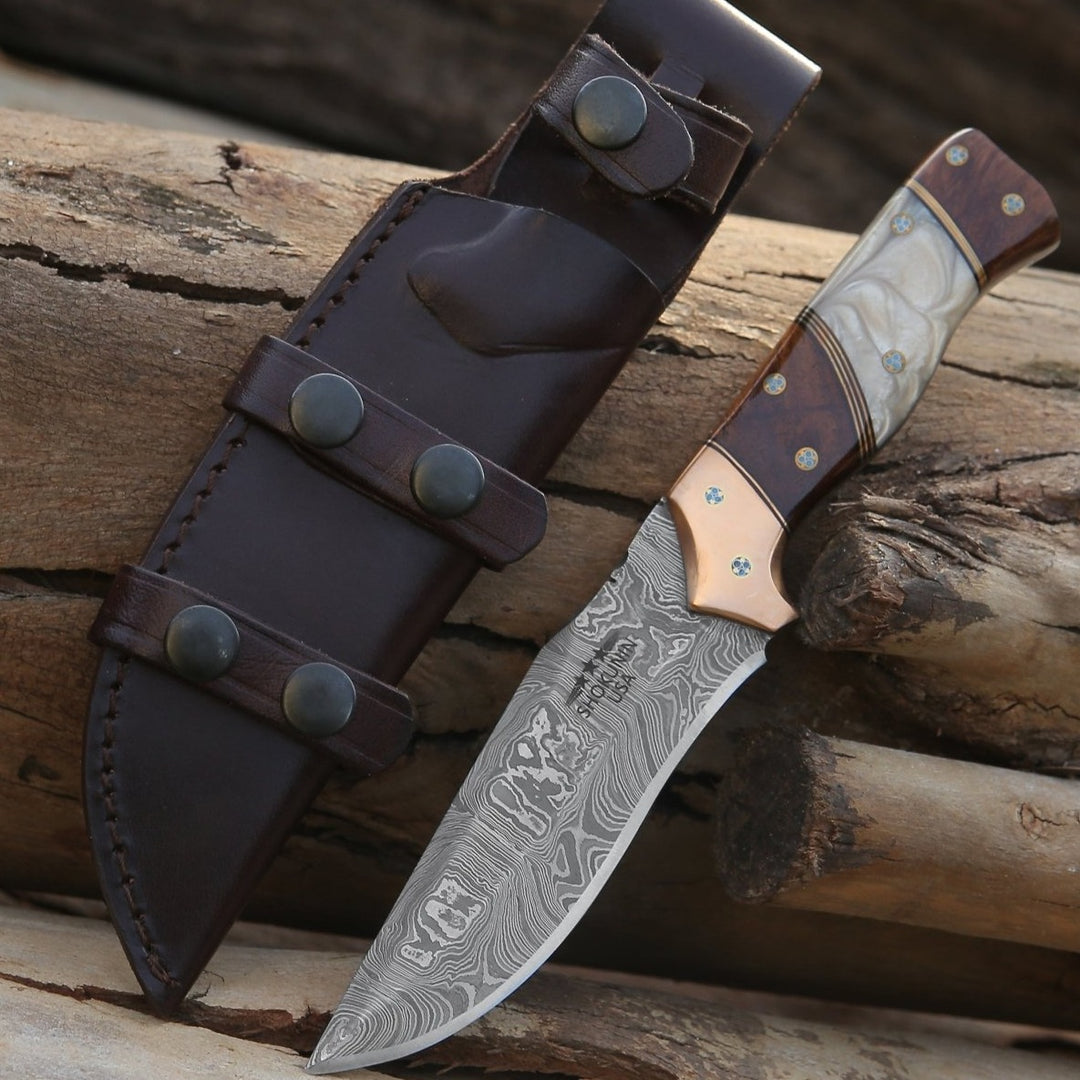


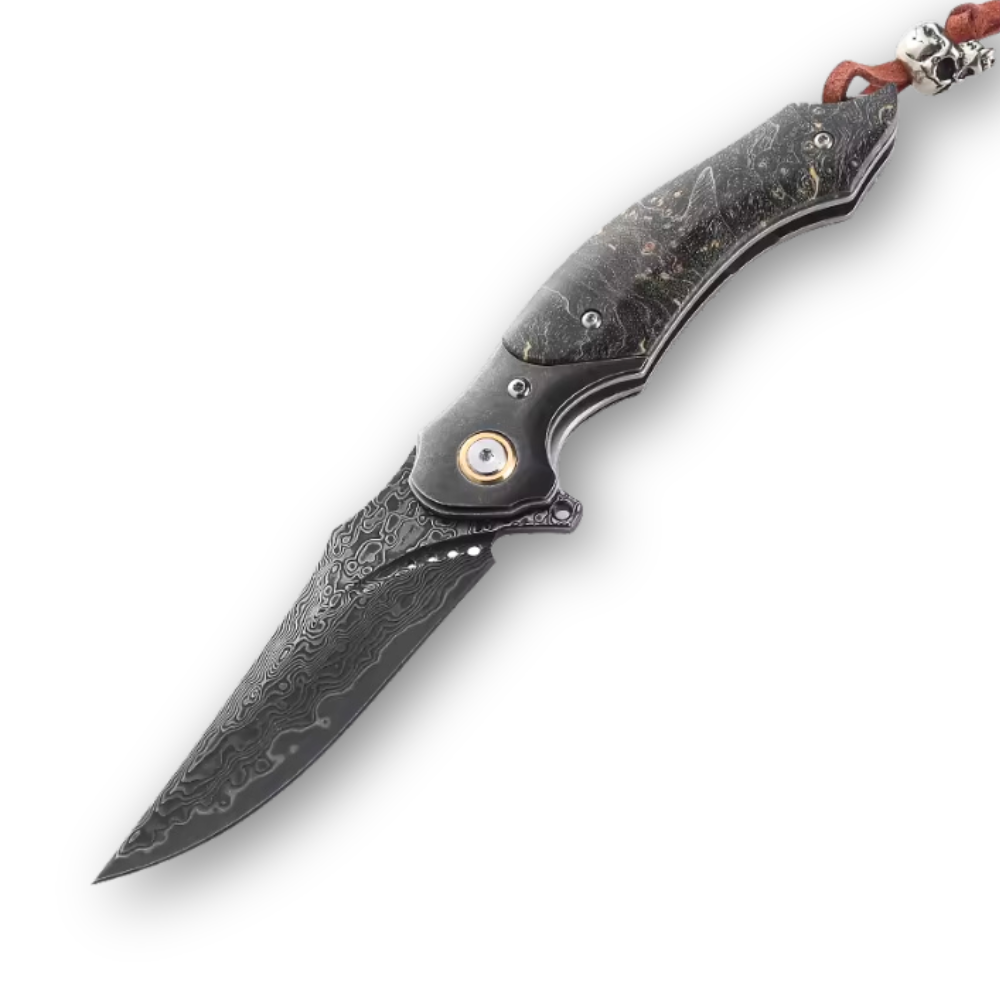
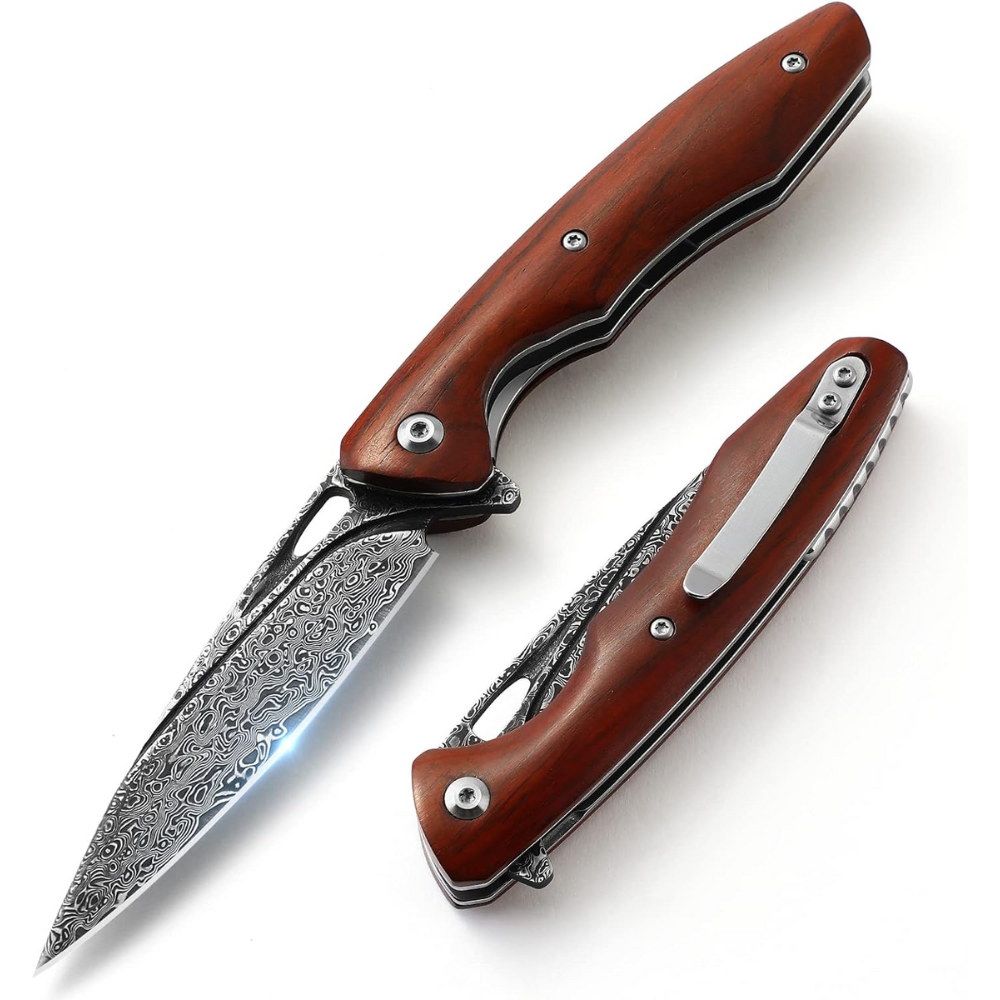
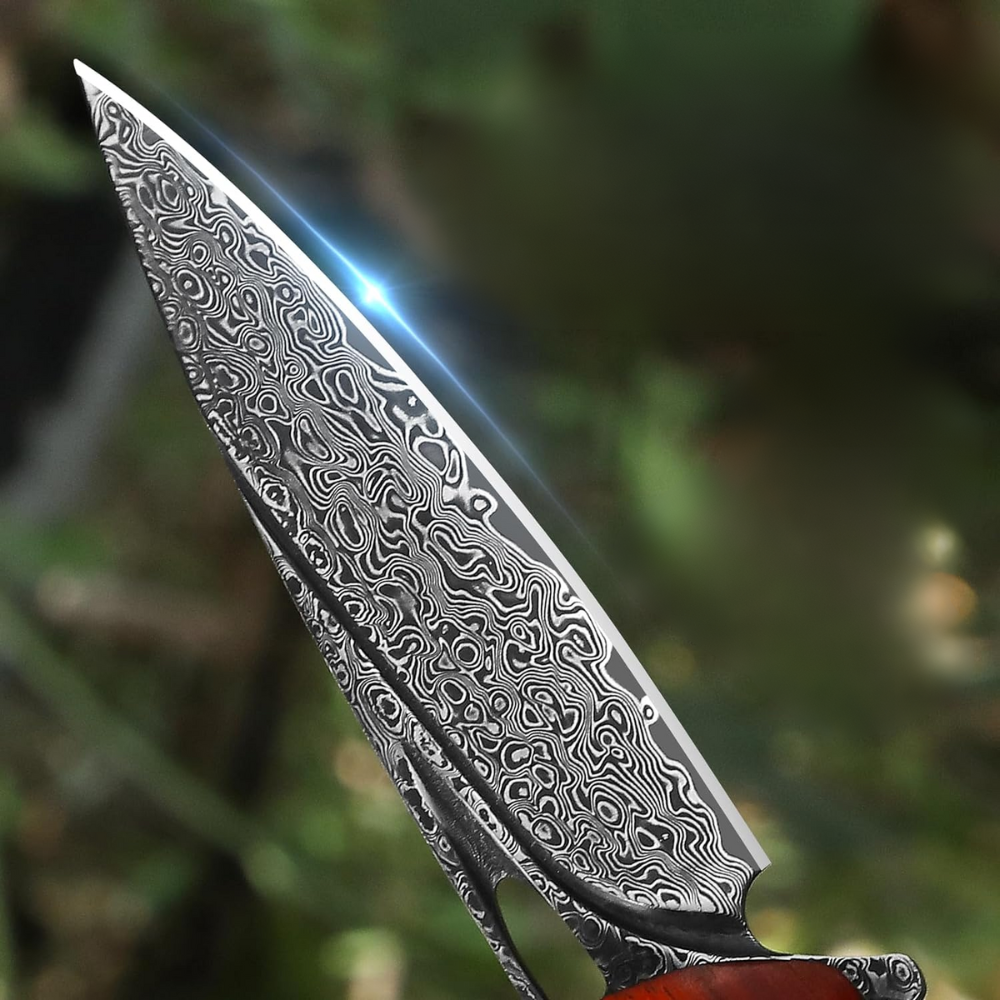

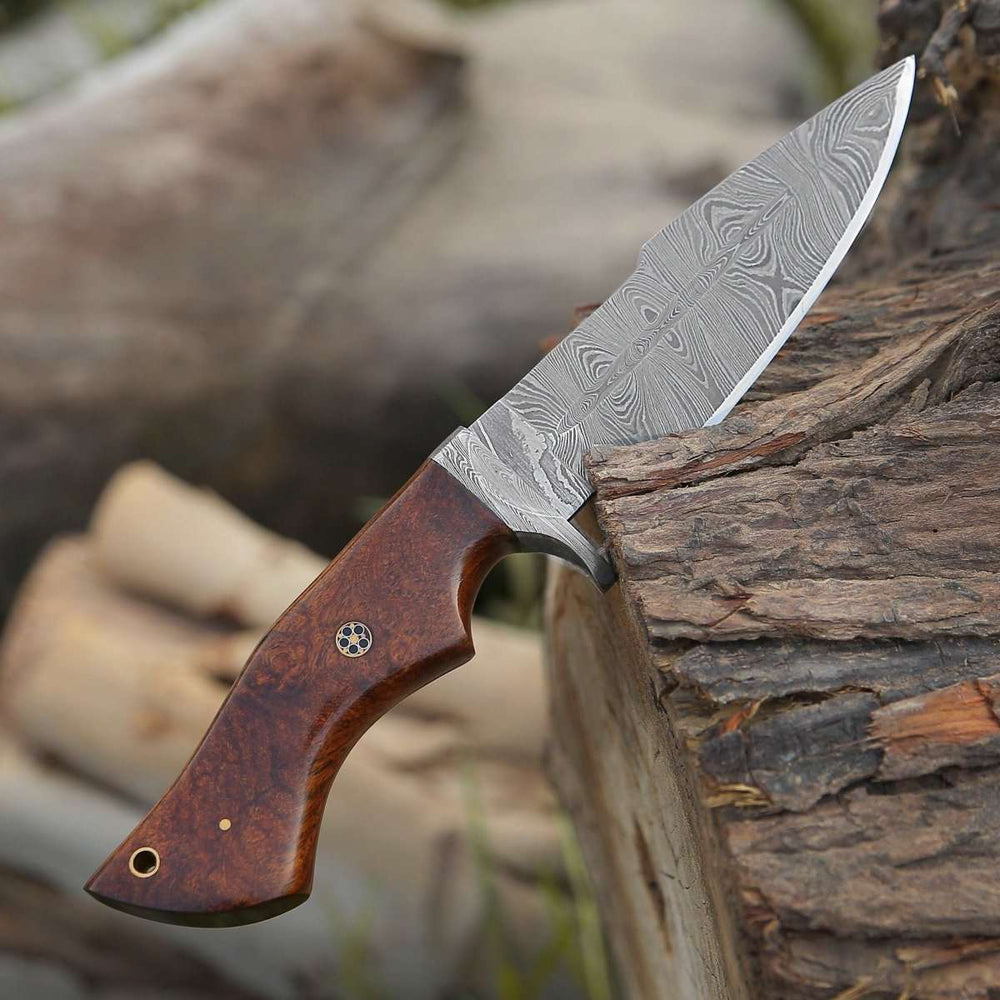
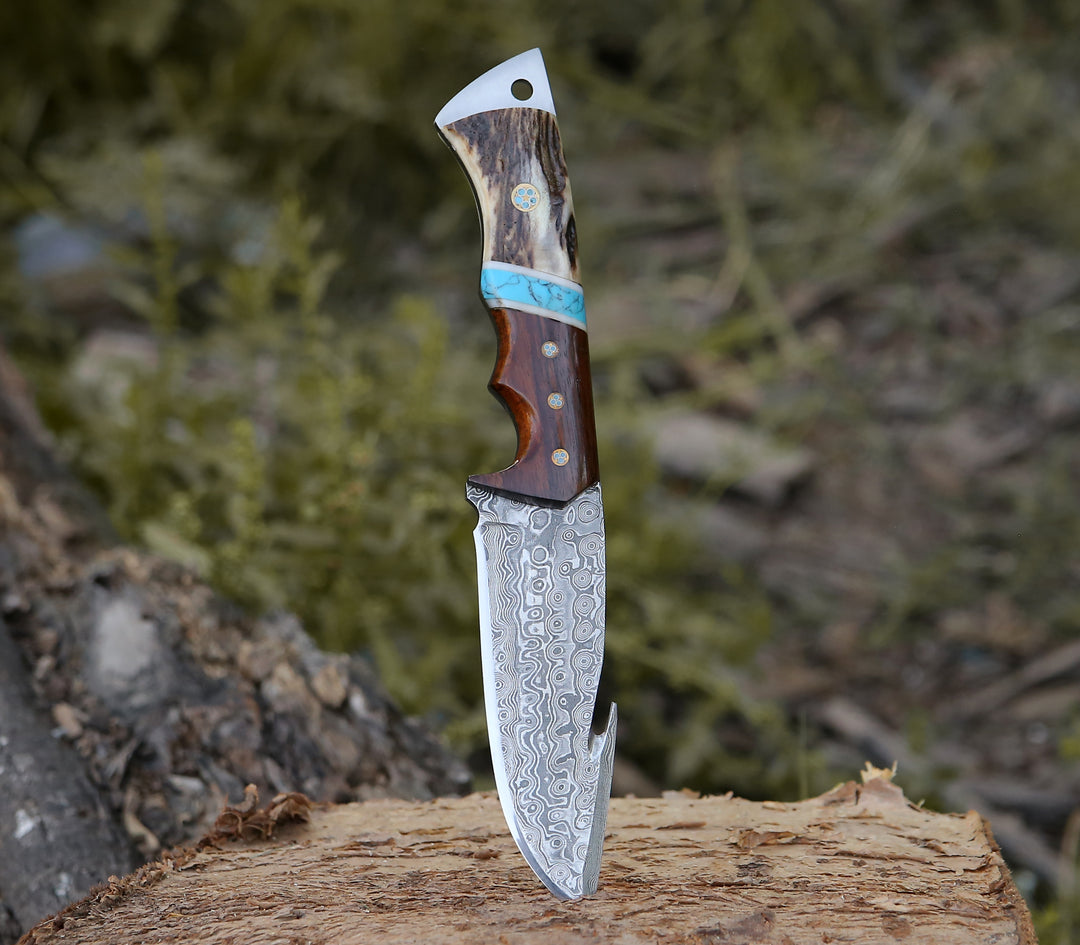
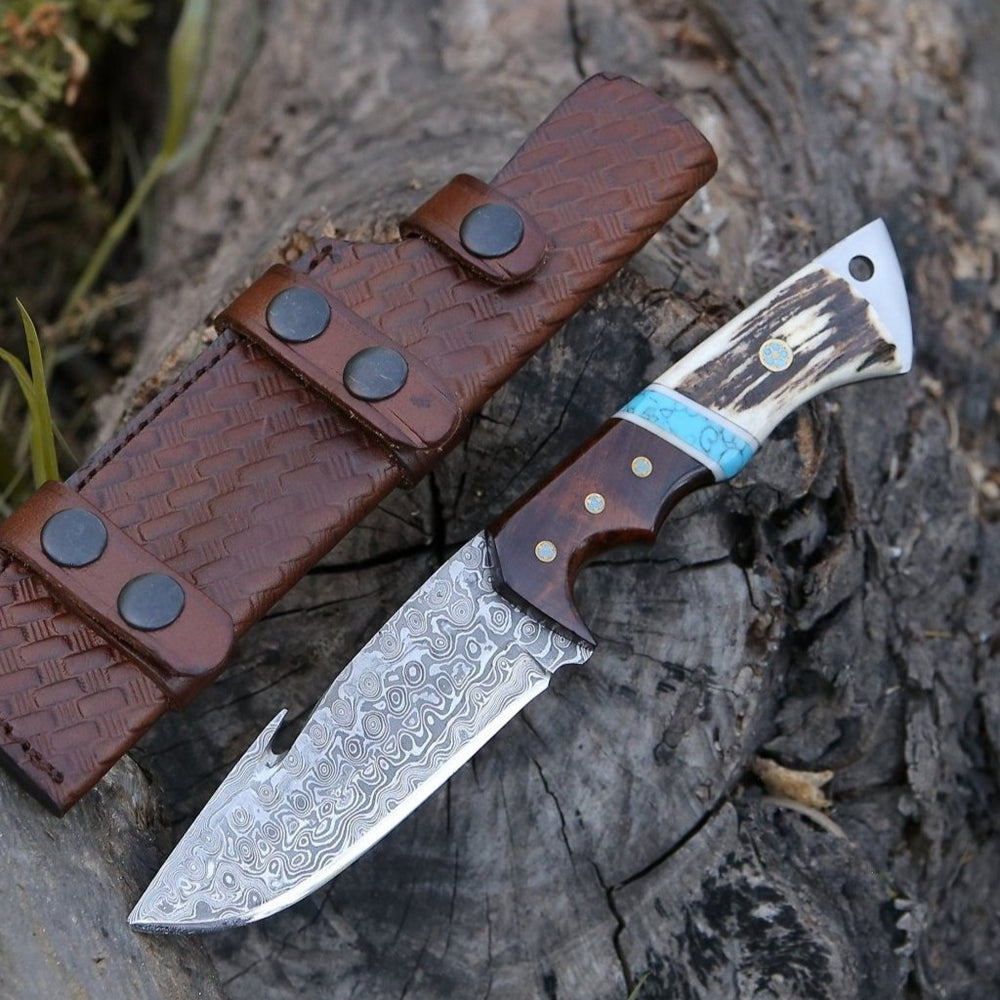
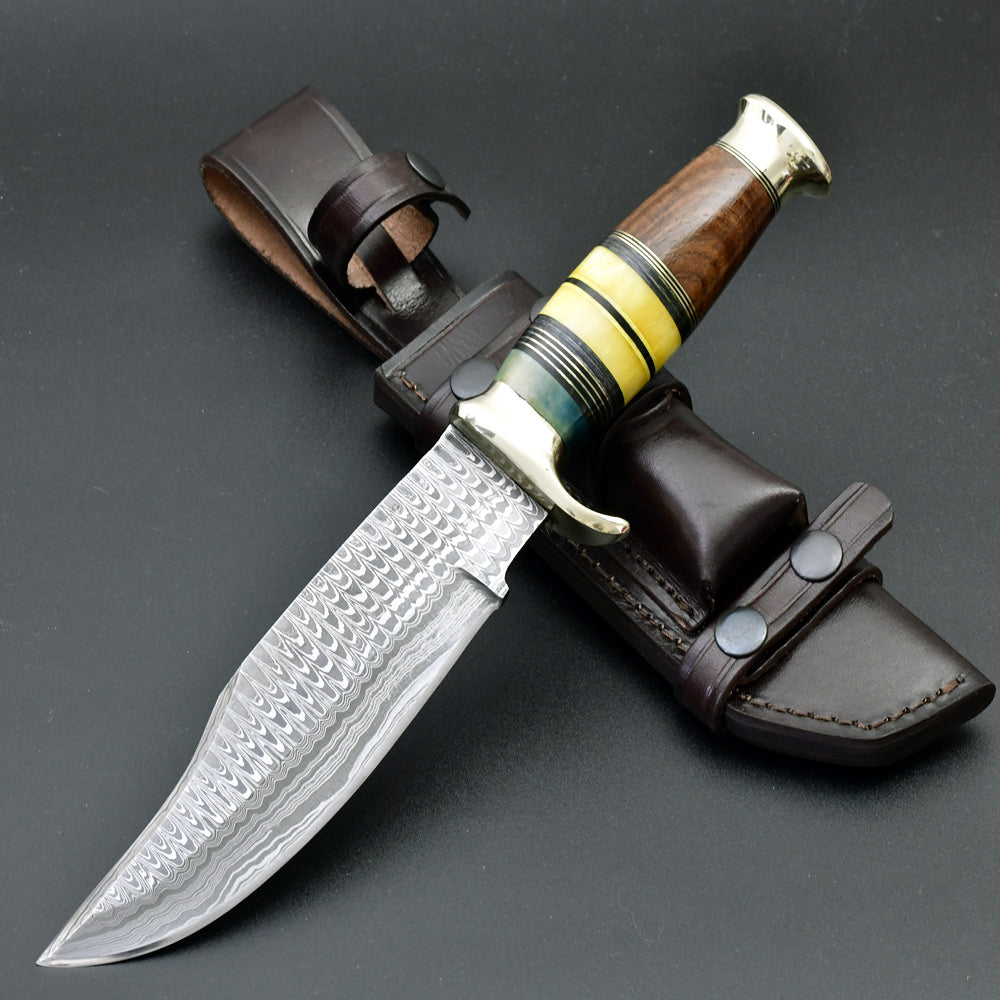
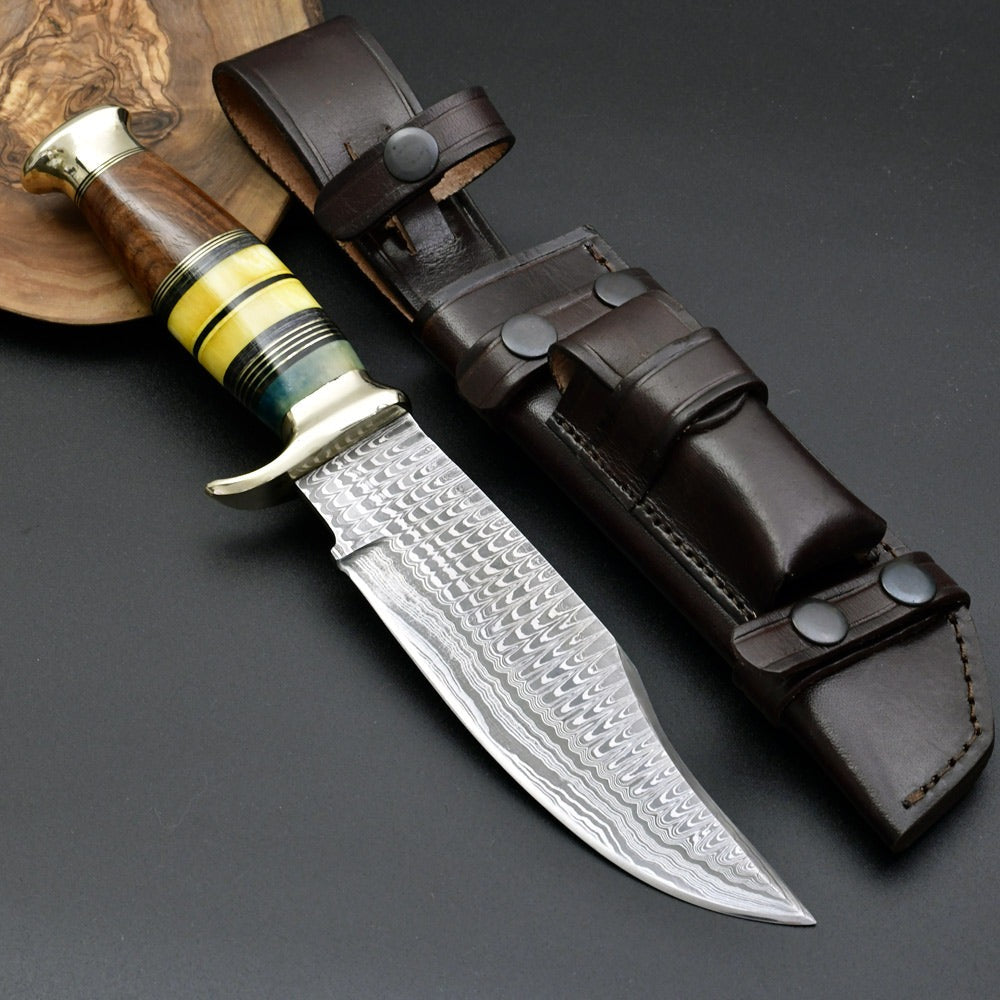
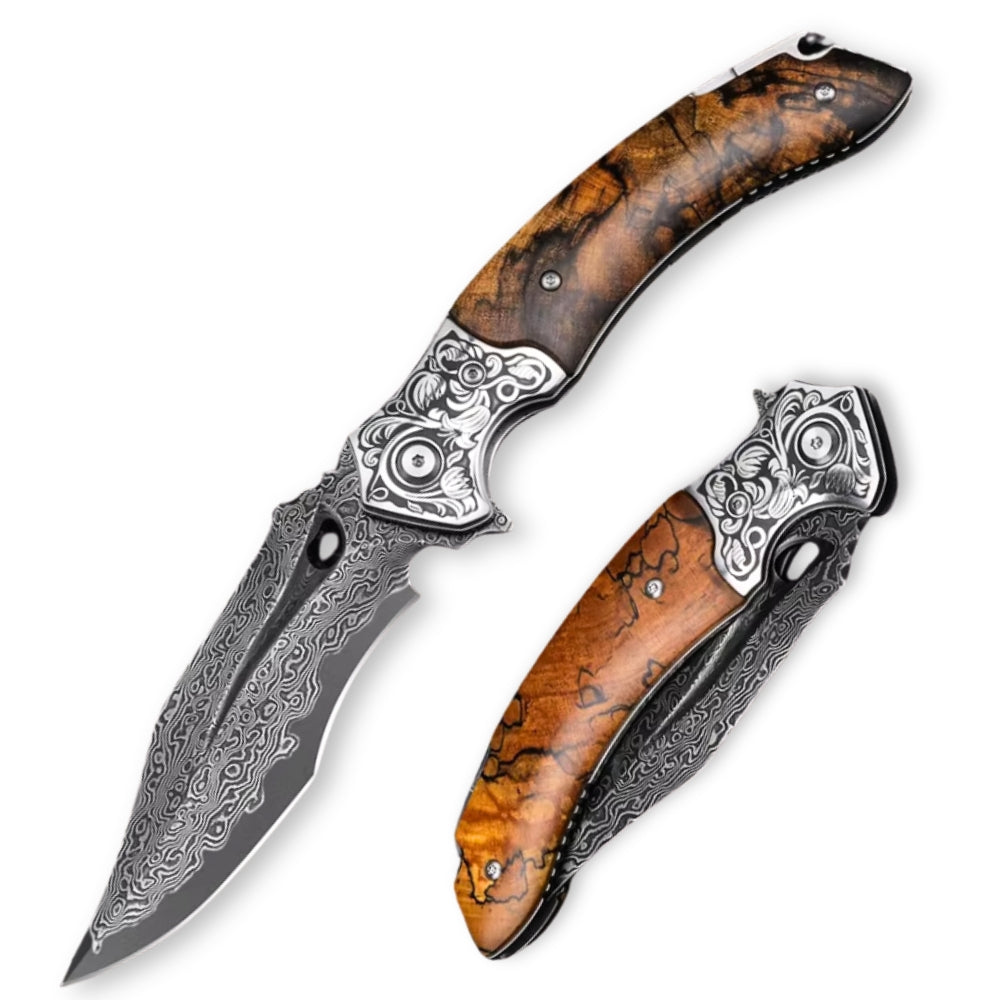
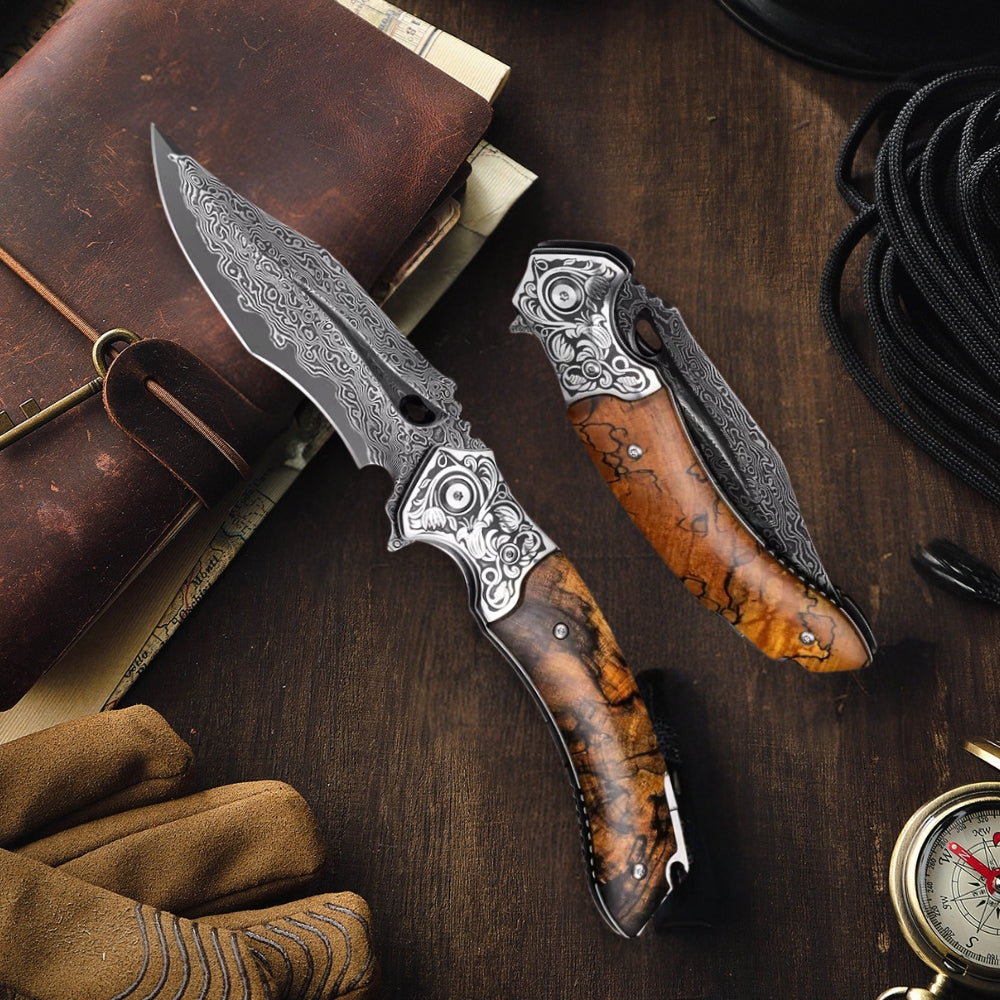

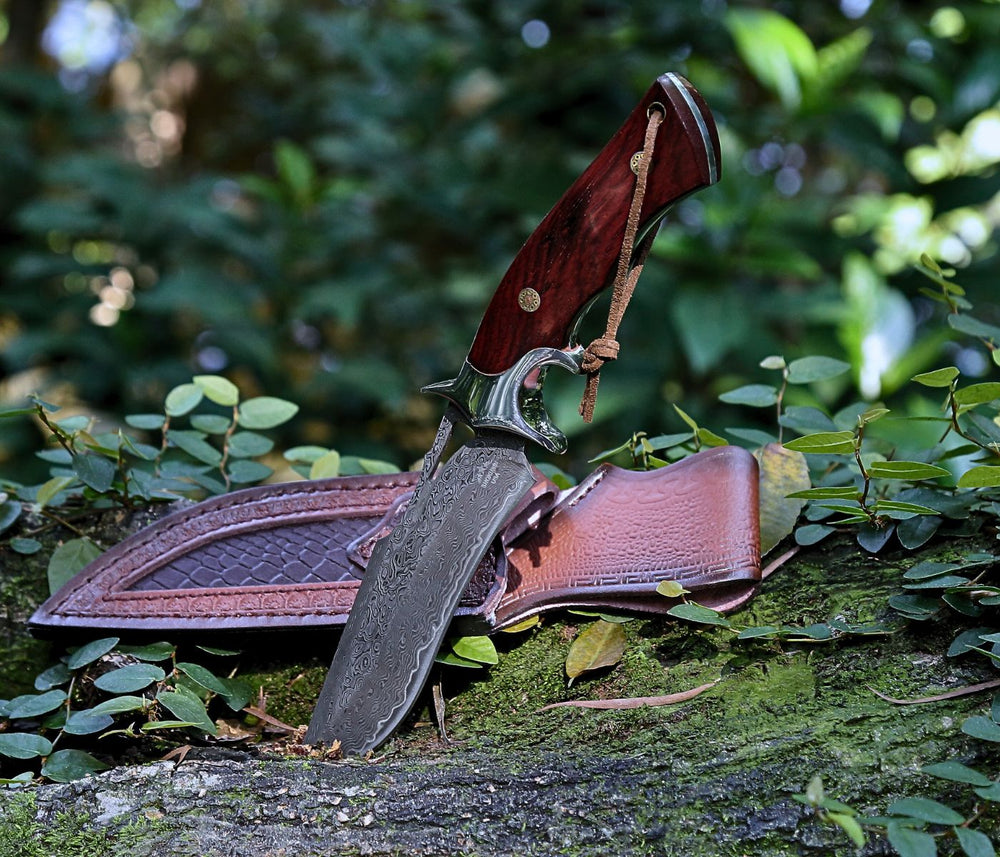


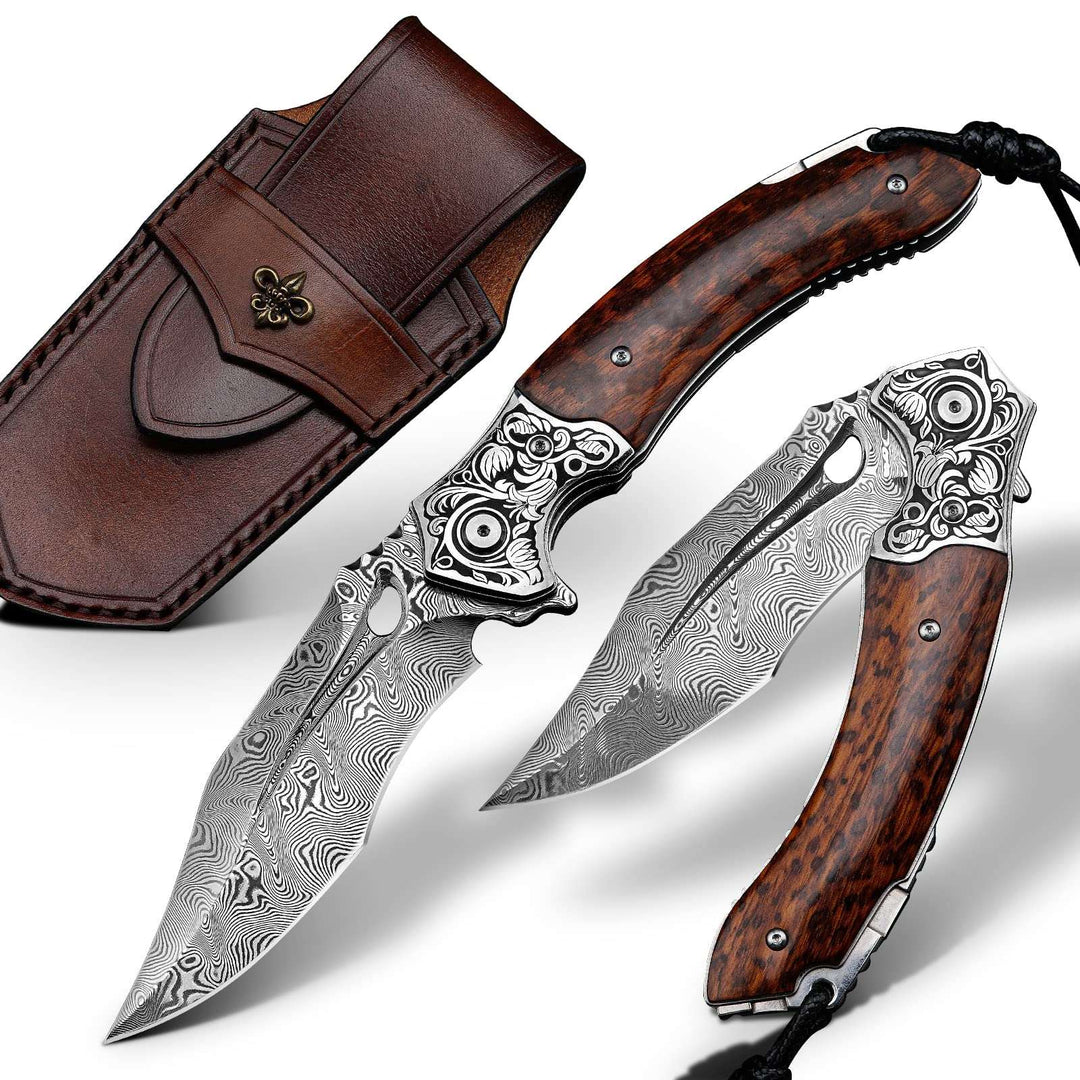

Leave a comment